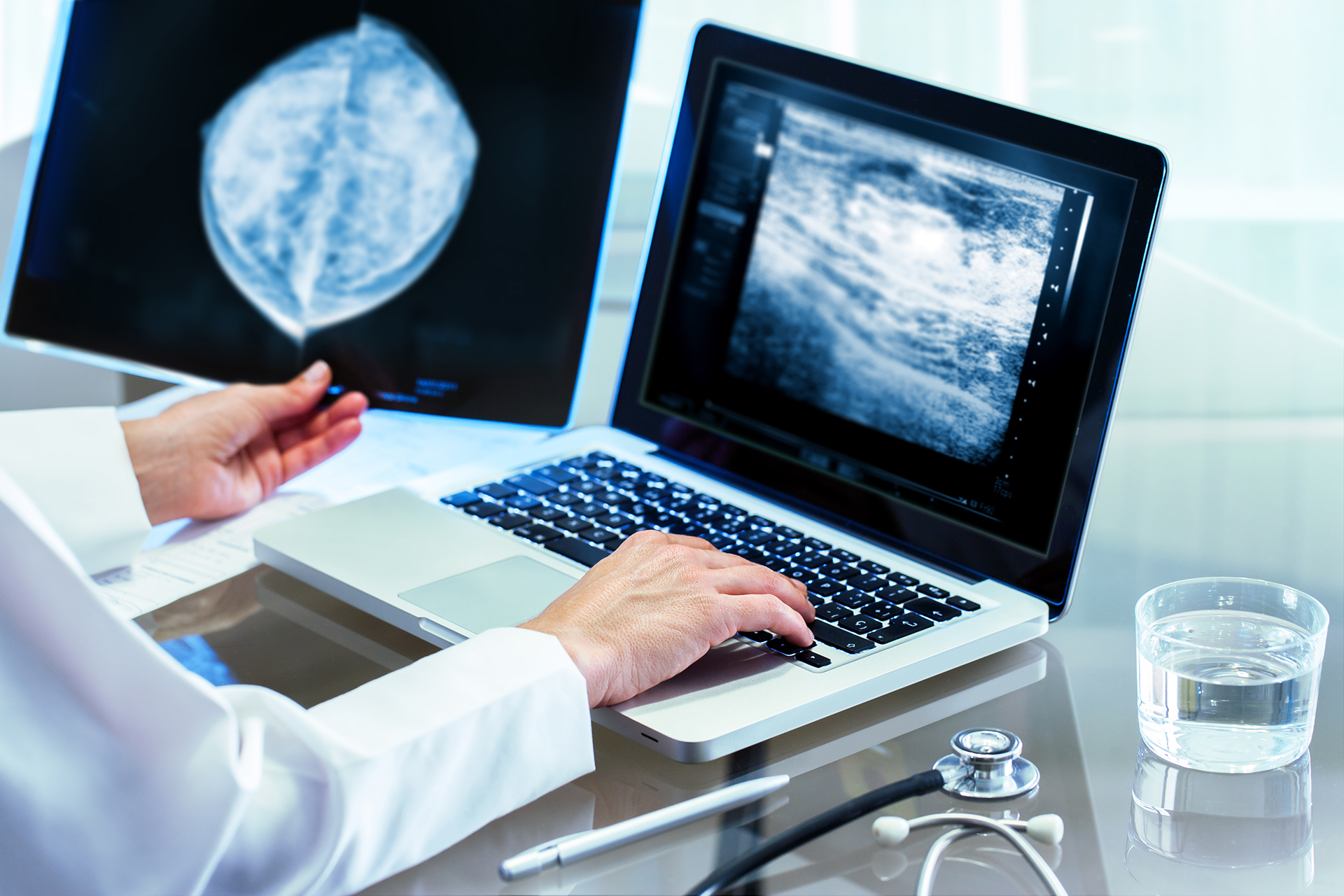


Client
Geneva Trust (My Mammography Association)
Industry
Medicine
Product
signaturiX
Scale
Poland

The Geneva Trust, together with the My Mammography Association, runs an early detection programme for breast cancer using screening mammography. Thanks to our solution, patients can receive a diagnosis before they even return from their check-up.
The activities of most medical companies involve the generation of a large number of documents - patients undergoing treatment are required to fill in appropriate questionnaires (containing data on past illnesses, allergies, etc.) before starting the treatment. The documents assigned to particular patients usually function in paper form and require These patient records are usually paper-based and require storage and archiving. This implies high operating costs.
The Geneva Trust works closely with the National Health Fund (NFZ). Specialist mammography buses visit cities throughout Poland offering free preventive screenings for women. Before each screening, patients must complete and sign a questionnaire (includes data on The questionnaire contains information about diseases, allergies, operations, etc.). ). This information is important for the technician performing the examination and breast measurement and the doctor making the diagnosis.
Until now, the next stage of documentation circulation was sending (collected within a week) paper questionnaires to the head office. Only then were the patients' data and the description drawn up by the doctor manually entered into the Prevention Monitoring Information System (SIMP). SIMP is an IT tool for the implementation of prevention programmes, which is made available to healthcare providers by the National Health Fund. Once this data was entered, the necessary exchange of information between the NFZ and Geneva Trust systems could take place. Unsynchronised systems had the effect of significantly prolonging the circulation of medical documentation. Patients received their test results, diagnosis and possible referral for further examinations within 10 to 14 days after the visit in the mammobus. The challenge for the Geneva Trust was to speed up the documentation workflow in the first place - time is a key issue for many women undergoing screening.
|
Separate systems |
| Completed surveys were sent to head office, where staff manually entered the data into the system. |
|
Circulation time |
| Patients received their test results within 10 to 14 days of their visit in the mammobus. |
|
High costs |
| The company was faced with high operating costs associated with handling paper documents. |

Currently, the entire process is done electronically. A technician checks the patient's eligibility for screening mammography in the Radiology Information System (RIS). The data from the system is transferred to an HTML questionnaire, which is a type of medical history. After completing the data and providing information about the patient's health, a PDF file is generated, which the patient signs with a handwritten electronic signature using our technology. The document in PAdES B-T format complies with eIDAS requirements and ISO 32000-1:2008 and 19794-7 standards. The questionnaire is sent to the internal system and securely stored there. The data is also sent to the SIMP system, so there is no need to complete it again. The modern solution ensures full circulation of information and keeping of electronic medical records in accordance with the current legal requirements.
 |
| 1. |
| The completed HTML survey is converted into a PDF file. |
 |
| 2. |
| The patient confirms the data with a handwritten electronic signature. |
 |
| 3. |
| The electronic document is stored securely in the system. |
 |
| 4. |
| Data are synchronised with the SIMP system. |

Questionnaires, medical history, test results, referrals, pictures taken in the mammobus are available in a virtual portal. SMS with an access code is sent directly to patients. Thanks to this, both patients and doctors have convenient access to medical records. They no longer have to worry about the paper version or store media (e.g. CDs) with saved images.
Going paperless, speeding up the screening process and free access to electronic medical records were the key words for this implementation. The company has reduced the costs associated with transporting and archiving documents. It has also been possible to significantly reduce the waiting time for screening test results. Patients can now access their electronic records before they even go home from the examination. This is a remarkable success, which undoubtedly translates into a new, better quality of medical services.



